Carpinone.
2022
Carpinone is an Italian town of 1,075 inhabitants in the province of Isernia in Molise. The name derives from the Carpino river that runs along the center, or from the Carpinus plant.
You may also like
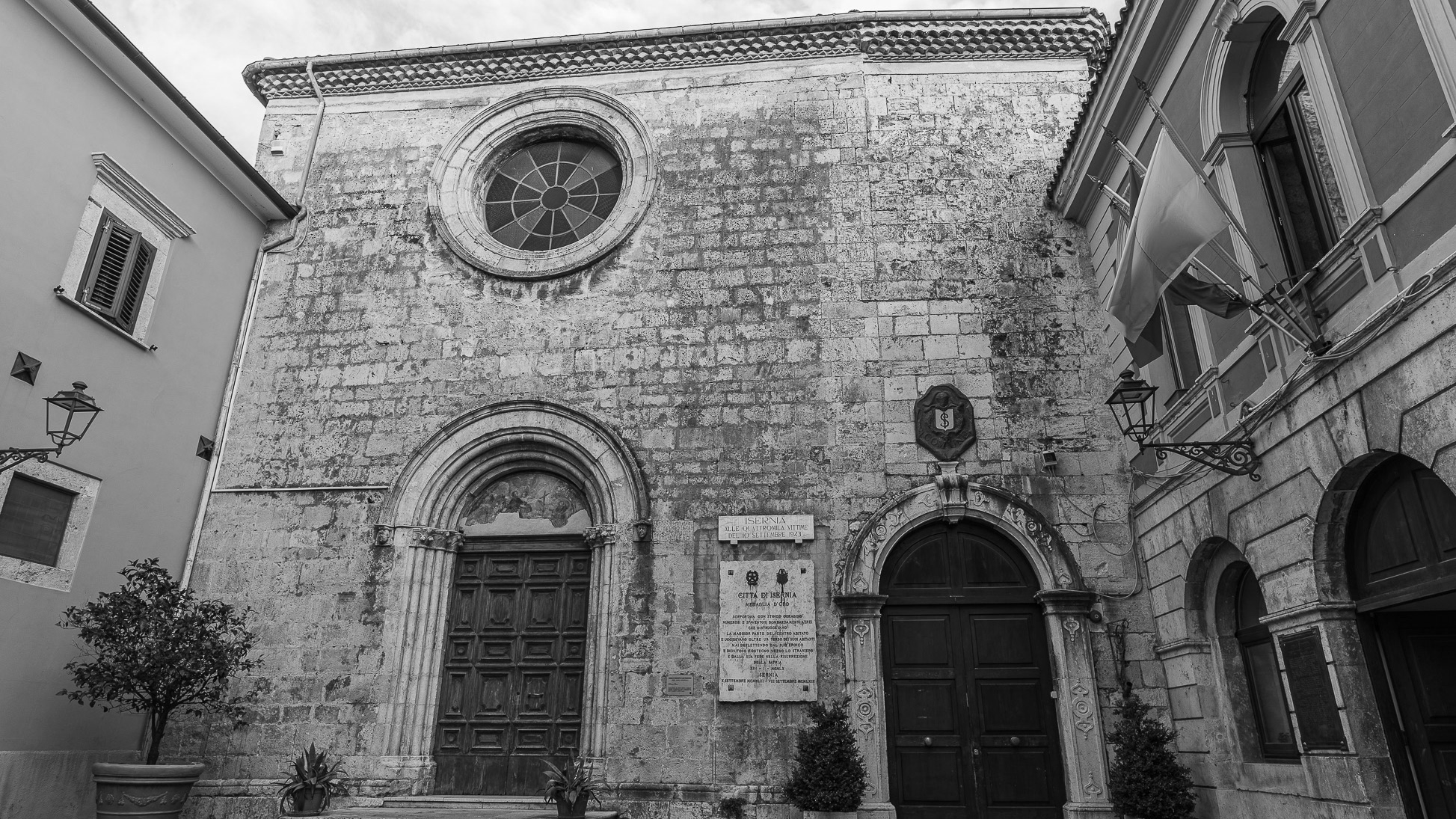
2022
Isernia. The Church of S. Francesco
The Church of S. Francesco, with the adjoining Monastery of the Conventual Fathers, was built in 1256 and completed in 1267.On the left there is the chapel of S. Antonio, built in 1450.
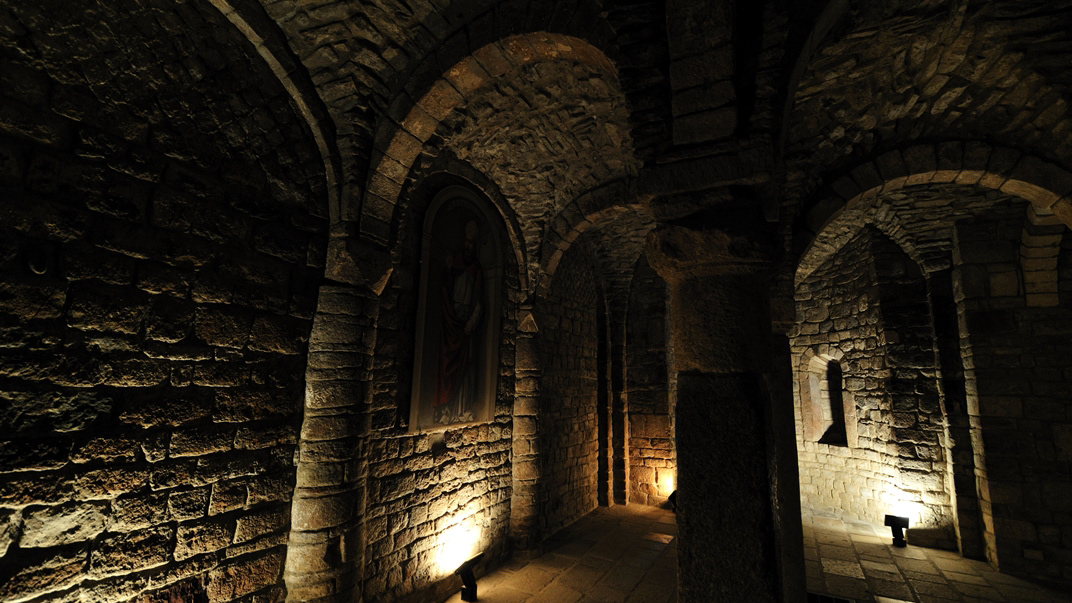
2015
Trivento (CB)
Trivento è un comune italiano di 4 663 abitanti della provincia di Campobasso, in Molise. È sede vescovile. Cattedrale dei Santi Nazario, Celso e Vittore: principale edificio religioso, fu costruita sopra il tempio di Diana e dove ora si trova la Cripta di San Casto. La chiesa venne ampliata nel XIII secolo e restaurata completamente nel 1726 in stile barocco. L'altare maggiore è di Paolo Saverio di Zinno. Di intessere è la Cripta paleocristiana in sette piccole navate con volte a crociera; presso la tomba di San Casto si trova un bassorilievo della Trinità tra due delfini. Palazzo comitale, noto anche come Palazzo Colaneri, si trova in posizione dominante sul borgo, risalente, per la forma esterna, al dominio dei Caldora nel XV secolo. La struttura presenta alte mura di cinta, con pianta irregolare, e due ingressi principali. L'interno è stato modificato nei secoli, la parte sotterranea è spartana perché usata in passato come carcere di mentre al piano nobile si conserva un salone con affreschi. Chiesa di San Nicola di Bari : costruzione del XVI secolo, in con restauro barocco dei secoli successivi, dei quali risale la statua del Sacro Cuore. La chiesa è semplice e con un impianto a capanna, e facciata alternata da mattoni e intonaco, con campanile a vela. Scalinata del borgo di San Nicola : in tutto sono 365 gradoni e costituiscono l'accesso principale alla piazza del Duomo. Sperone roccioso "Morgia dei briganti": noto per lo scorrazzare di briganti nel periodo post unitario.
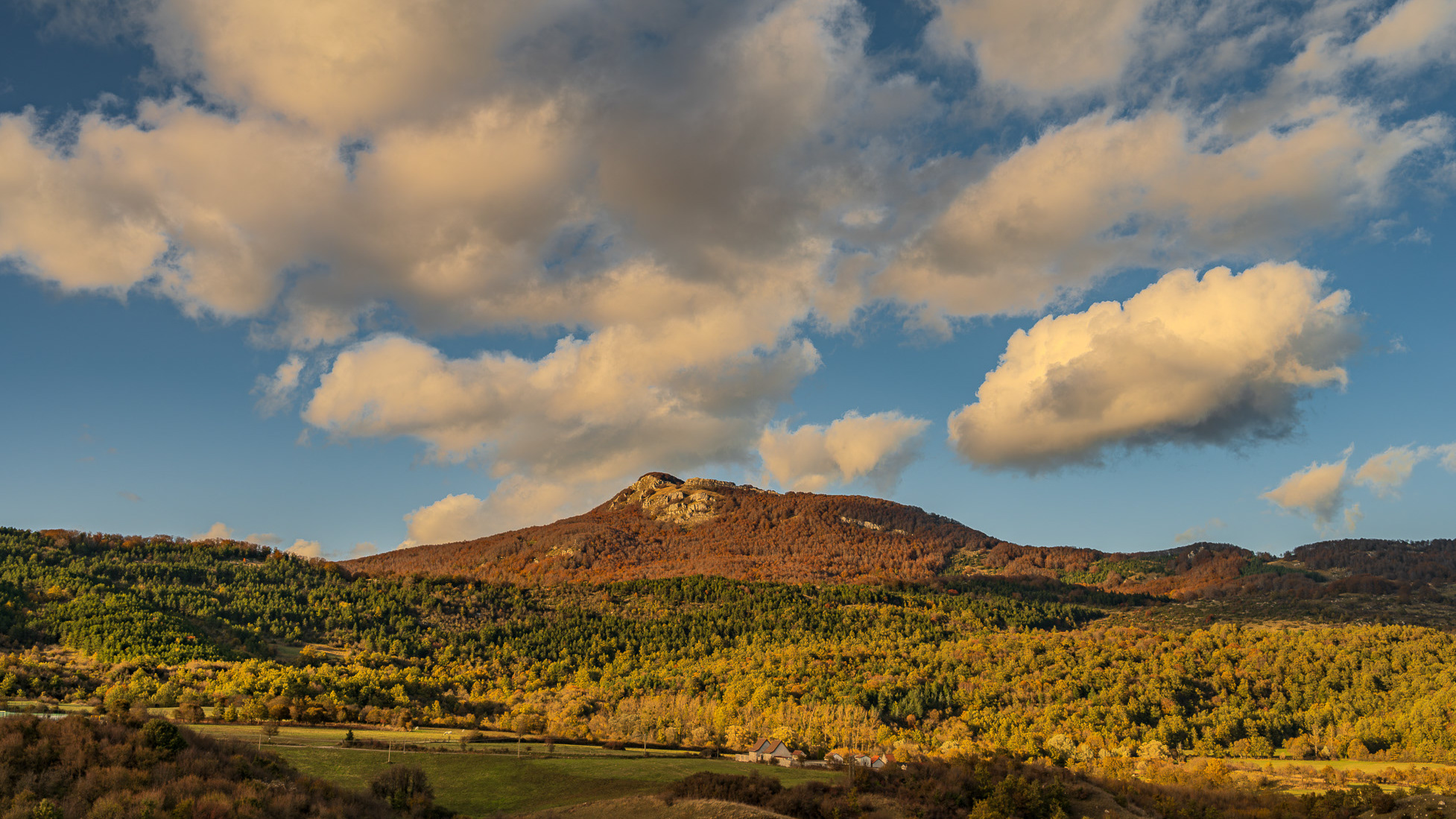
2023
Spectacular autumn landscape
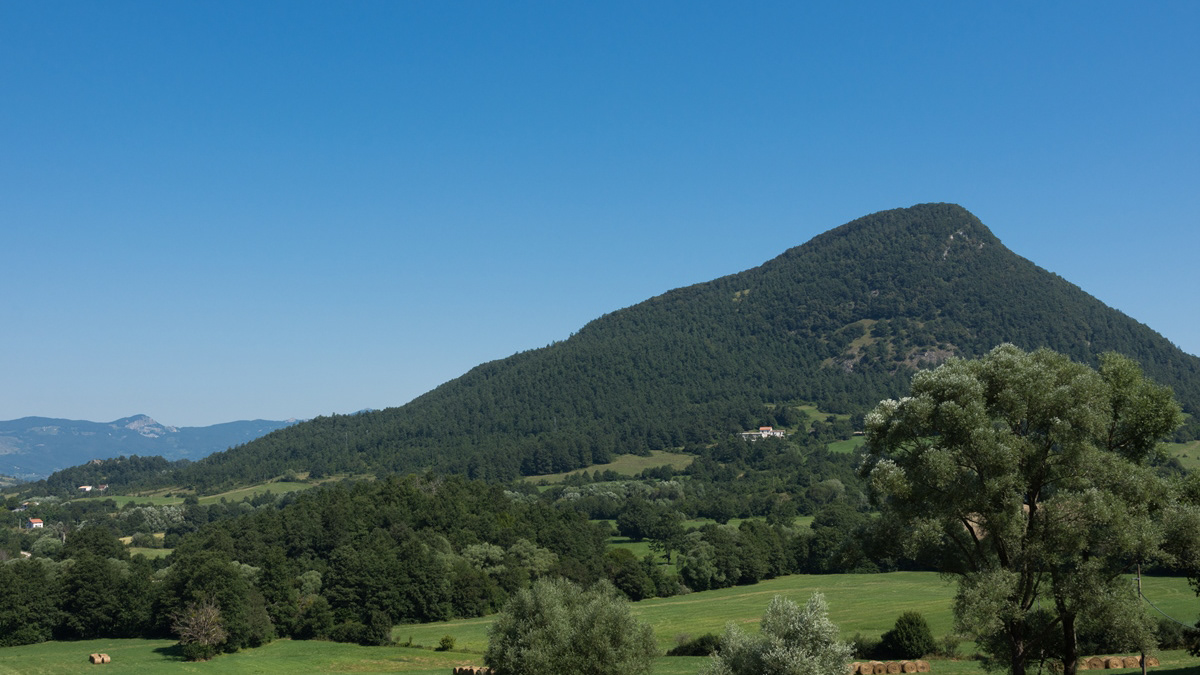
2018
Panorami
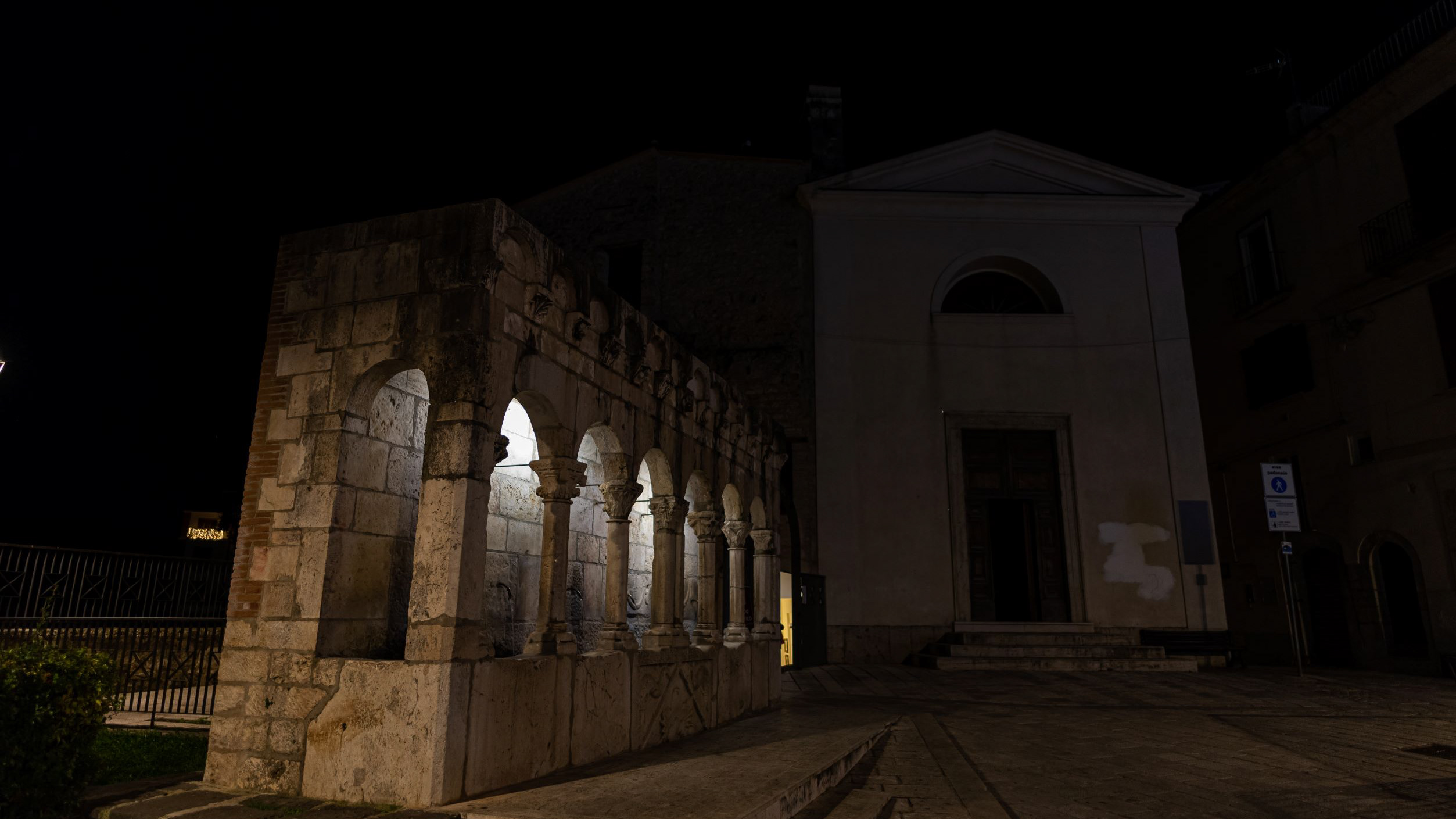
2022
Isernia. The "Fraternal Fountain"
2022
Rocchetta a Volturno. Winter 2022
Rocchetta a Volturno is an Italian town of 1 098 inhabitants in the province of Isernia in Molise. The Municipality of Rocchetta al Volturno is made up of two nuclei: the original village, called Rocchetta Alta, or Rocchetta Vecchia, still perched in a defensive position on the mountain, and Rocchetta Nuova, which is located at a lower altitude. The new Rocchetta was born because, at the end of the 19th century, the slope that connected the southern part of the ancient town with the opposite hill was deforested and the land began to show serious subsidence from 1890 due to the progressive sliding of the superimposed layers of clay and sandstone, increased by water infiltrations, both rain and spring. In 1905, following further disastrous events, the population moved for the most part downstream, where there was a hamlet called Case Sparse. The modern town is developed today in the center of a plateau, bordered to the west by the terminal part of the Mainarde chain and to the east by a depression, at the bottom of which the Volturno flows; about two kilometers away are the sources of the river. Its name characterizes the toponyms of other nearby municipalities such as Colli a Volturno and Cerro al Volturno.
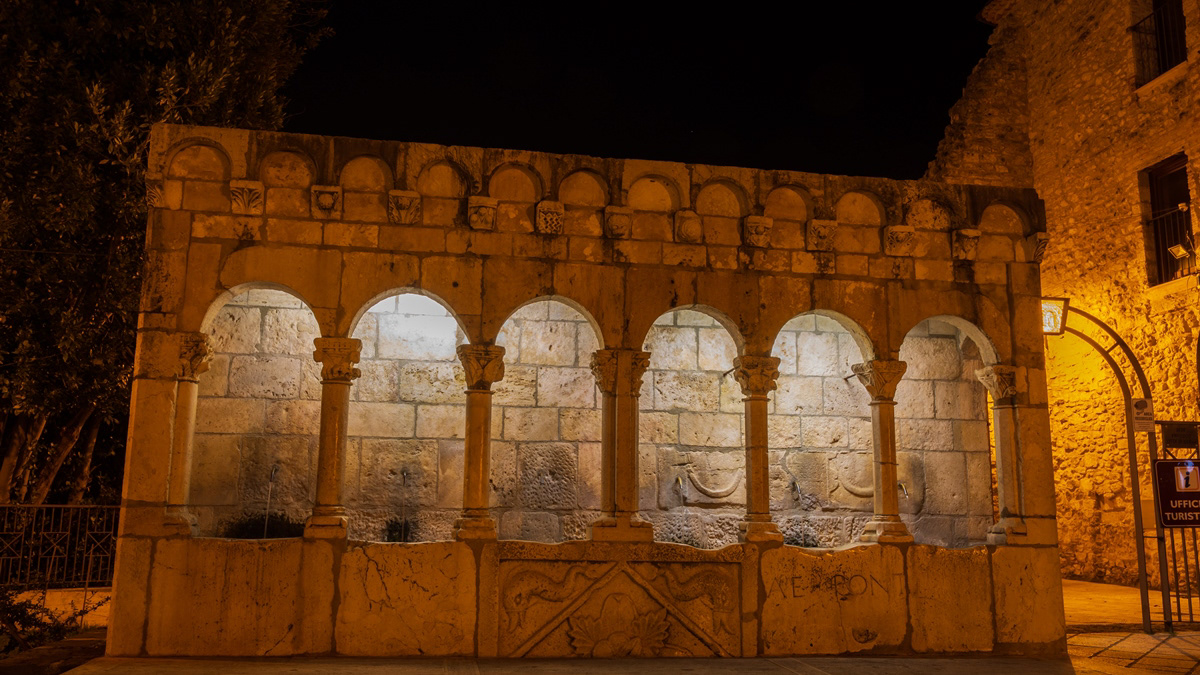
2018
Isernia, Fontana Fraterna, notturne
2023
Pescolanciano. D’Alessandro Castle
The D'Alessandro castle is a fortified structure in the municipality of Pescolanciano. The castle was built on the rocky spur (peschio) that overlooks the town near a Samnite fortification.
2022
Molise, Italy. Spectacular autumn panorama.
Molise is an Italian region with a stretch of coast overlooking the Adriatic Sea. It includes a part of the Abruzzo National Park in the Appennine mountain range, with a rich wildlife and trails.
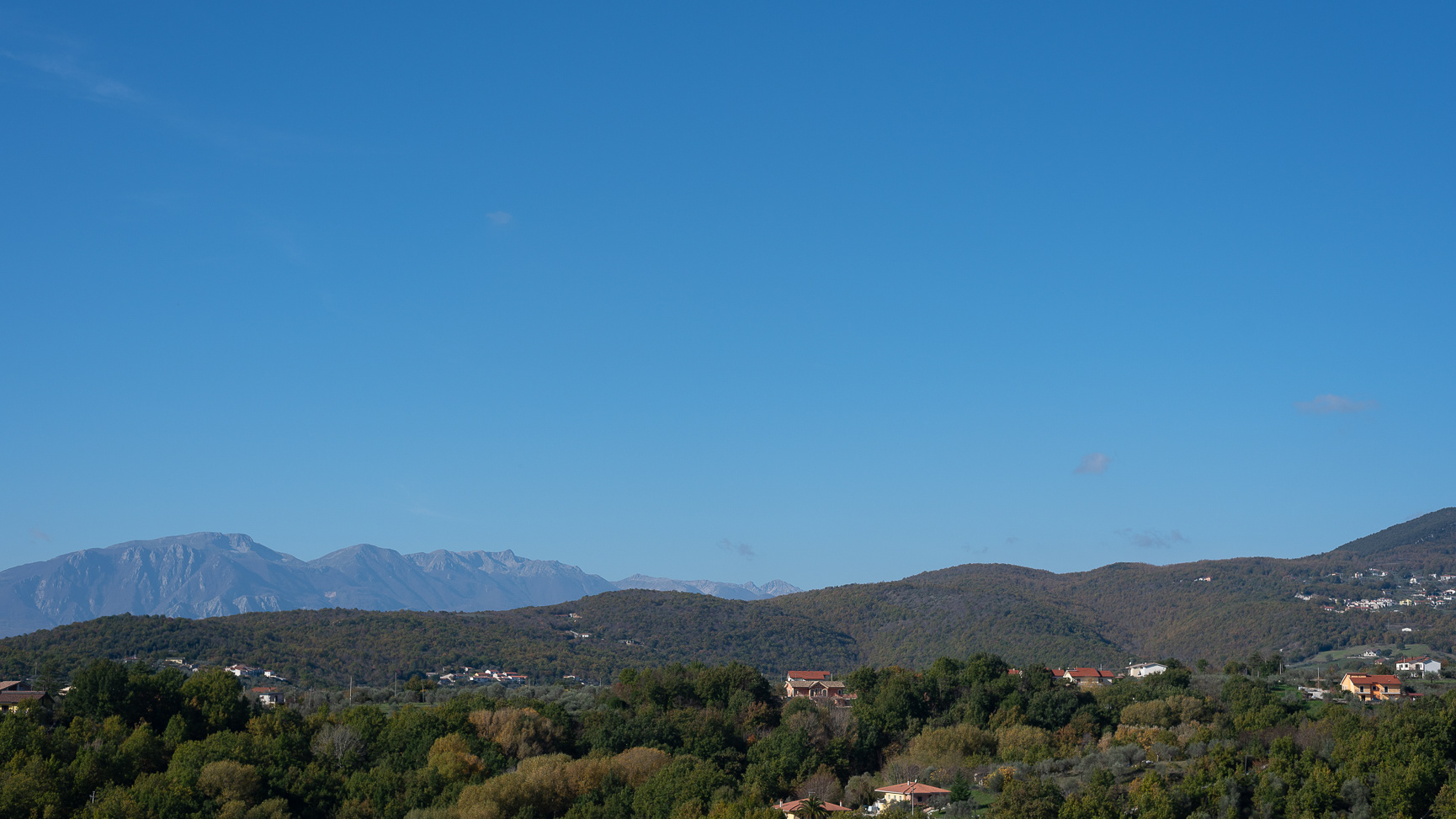
2021
Autumnal landscape of Molise
